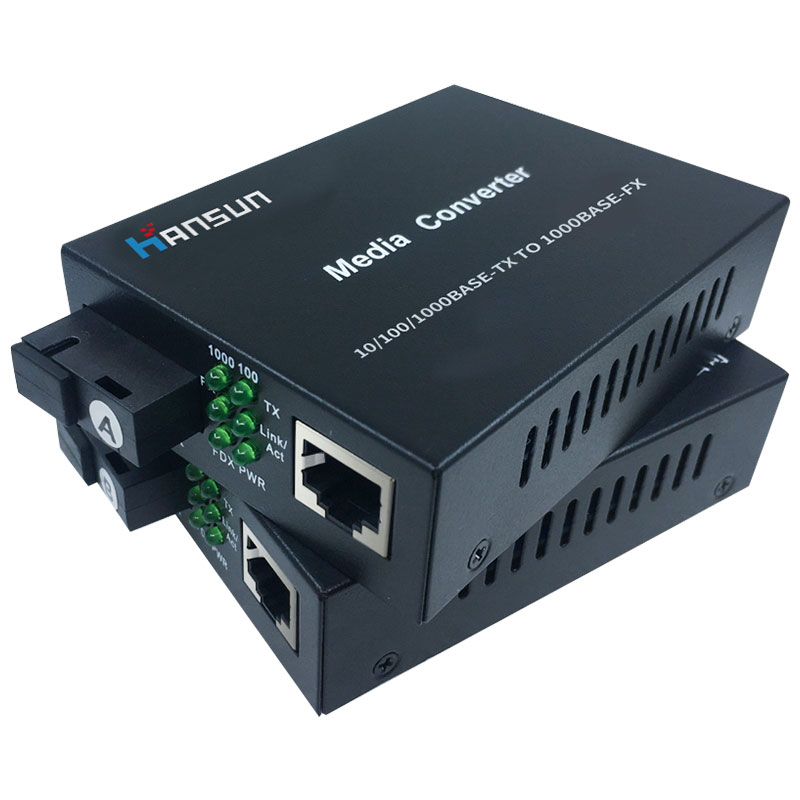Types of Media Converters
There are a variety of media converters in the market. To enable you to choose the right one for your network, we will discuss the different types of media converters that are available.
- Standard Media Converters: This type of media converter is the simplest and is designed without a web interface. Standard media converters are perfect for start-ups or small companies that need simple devices.
- PoE Media Converters: Power over Ethernet (PoE) media converters optimize using the Ethernet standard and supply power and data over a single cable. This media converter is typically used to power security cameras, IP phones, and wireless access points.
- Enterprise Media Converters: These media converters connect different cables or media. These connectors allow enterprise networks to maximize the value of their existing network by 1) extending their distance, 2) extending the reach between two similar devices, or 3) extend the life of their non-fiber-based equipment. Enterprise media converters come in two sizes: standard and mini.
- Hardened Media Converters: This type of media converter features a hard enclosure rated to an ingress protection (IP) scale. This type of construction protects the device from extreme temperatures, dirt, dust, moisture, etc. Hardened media converters connect different cable and media types (typically copper-to-fiber) in outdoor environments. They are also well suited for industrial applications that use fiber cables and have electromagnetic interference (EMI) noise challenges.
- Carrier Ethernet Media Converters; Also known as CE media converters, these converters are mostly used to extend Ethernet to Wide Area Networks (WANs). CE media converters extend network connections or bridge different network types. The most recent CE media converter standard is called CE 2.
- Miniature (Mini) Media Converters: Many times, network managers find it hard to add network services to applications like security cameras, tight areas, or areas where cabling does not exist. A mini media converter is the solution to this problem. These media converters are a simple conversion device that makes a connection between copper and fiber cables. Mini-media converters are especially helpful in tight areas with a small footprint. They are easy to install; just plug one in and walk away.
Media Converters Come in Different Forms
Media converters come in three different styles:
- Chassis: Chassis-based media converters are designed for enterprise networks that use many cables—applications like data converters, LAN wiring closets, and switching rooms. These areas require a mix and match approach when dealing with different types of cables and networks. Chassis-based media converters are designed to support this type of high-density conversion.
- Slide-in Media Converter Cards: This form of media converter adds additional flexibility (mix and match) for high-density conversion. These media converters slide into the chassis and draw power from the backbone of the chassis. Slide-in media converters provide various ingress and egress ports to meet the needs of an enterprise network.
- Standalone Media Converters: Standalone media converters are compact, easy to install, and save space and money. This form of media converter is fit for applications in environments with little space, such as telecommunication cabinets, distribution boxes, etc.

 HANSUN
HANSUN 